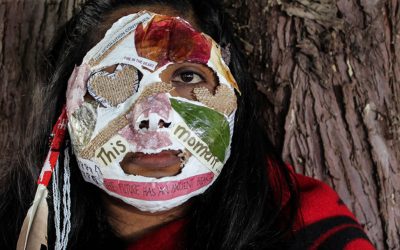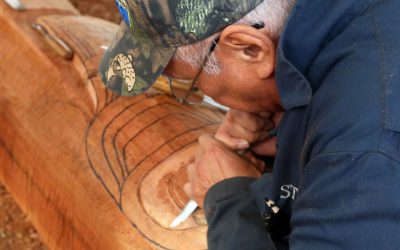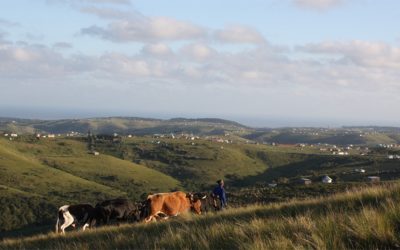DNA Analysis Unlocks Humanity’s Greatest Mysteries
Illustration by Malcolm Turney
By Rick Budhwa
I’ve always had a fascination with archaeology and, specifically, unresolved questions such as, how were the pyramids built? Why did certain civilizations abandon cities they spent generations building? How did people get to the New World?
With rapid advancements in technology, DNA is becoming a powerful tool in answering some of these questions.
For example, analysis of the shells of foraminifera—single-celled plankton found in the sediments of the Arabian Sea—suggests that climate change is the likely reason that the ancient Harappans abandoned their complex cities and resettled a great distance away.
Other research published in Nature sheds new light on what we know about one of humanity’s great mysteries: the migration of people to the New World.
The Bering land bridge theory—for decades the accepted model for migration to the new world—suggests people from northeastern Siberia travelled by foot, likely pursuing herds of large mammals out of Beringia and into present-day Alaska. This land mass was exposed about 20,000 years ago, when sea levels were low due to land-locked ice. Humans likely would have journeyed from Siberia into Beringia and eventually Alaska during the end of the last ice age.
Also widely accepted is the Pacific coastal migration theory, which suggests that people from northeastern Siberia followed the coast by watercraft, continuing into South America and sustaining themselves on the resource-rich waters along the coast. But an infant girl found in the Upward Sun River site in Alaska (eastern Beringia) and named Xach’itee’aanenh T’eede Gaay by the local Indigenous people in Alaska challenges this theory and threatens to rewrite history.
The six-week-old’s remains were dated to approximately 11,500 years ago—the oldest human remains found in Alaska—and her genome indicates a previously unknown population that shares a common ancestor with today’s Indigenous populations in North America.
Prior to this genetic study, scientists believed there to be two main Indigenous groups: northern native Americans and southern native Americans. The Upward Sun River girl does not belong to either group, but it’s believed the common ancestor she shared with both groups dates back more than 20,000 years.
The Upward Sun River girl does not belong to either group, but it’s believed the common ancestor she shared with both groups dates back more than 20,000 years.
Researchers now call this new group Ancient Beringians and they are the earliest known population of Native Americans. This find and the related genetic analysis is a significant step forward in determining when people started migrating to the North America.
This genome demonstrates the genetic diversity within the ancestors of Native Americans, and tends to lend support to the land bridge theory for the early peopling of the Americas. The findings show that the analysis of even one new genome has the ability to reshape our understanding of human prehistory.
We often have a tendency to look for one thing that explains complicated matters. In this case, the explanation of how people migrated to the new world will continue to require a
multidisciplinary approach. Along with archaeology, the evolving field of DNA and genetic analysis will continue to play a key role in our reconstruction of past human migrations.
The original paper can be downloaded here (note, access may be limited): Terminal Pleistocene Alaskan genome reveals first founding population of Native Americans.
Rick Budhwa is the publisher of Culturally Modified and an applied anthropologist who has worked within the realm of cultural resources for nearly 25 years. Rick attended the University of Western Ontario where he received his BA in anthropology. Later, he completed a post-baccalaureate diploma in archaeology and master’s degree in anthropology/First Nations studies/archaeology at Simon Fraser University. He currently teaches Anthropology and First Nations Studies at Coast Mountain College and is the principal of Crossroads Cultural Resource Management. Rick has been formally adopted into the Gitdumden Clan of the Wet'suwet'en in the traditional territories where he lives with his wife and two boys.



